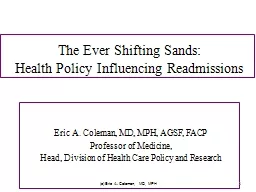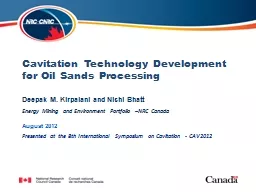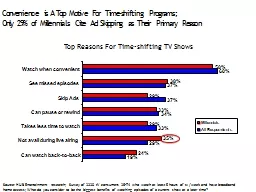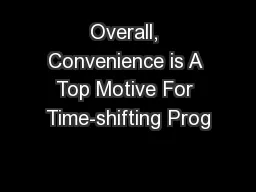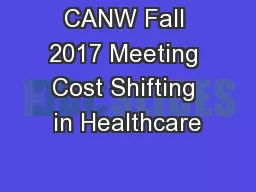PPT-The Ever Shifting Sands:
Author : liane-varnes | Published Date : 2015-10-05
Health Policy Influencing Readmissions Eric A Coleman MD MPH AGSF FACP Professor of Medicine Head Division of Health Care Policy and Research c Eric A Coleman MD
Presentation Embed Code
Download Presentation
Download Presentation The PPT/PDF document "The Ever Shifting Sands:" is the property of its rightful owner. Permission is granted to download and print the materials on this website for personal, non-commercial use only, and to display it on your personal computer provided you do not modify the materials and that you retain all copyright notices contained in the materials. By downloading content from our website, you accept the terms of this agreement.
The Ever Shifting Sands:: Transcript
Download Rules Of Document
"The Ever Shifting Sands:"The content belongs to its owner. You may download and print it for personal use, without modification, and keep all copyright notices. By downloading, you agree to these terms.
Related Documents

